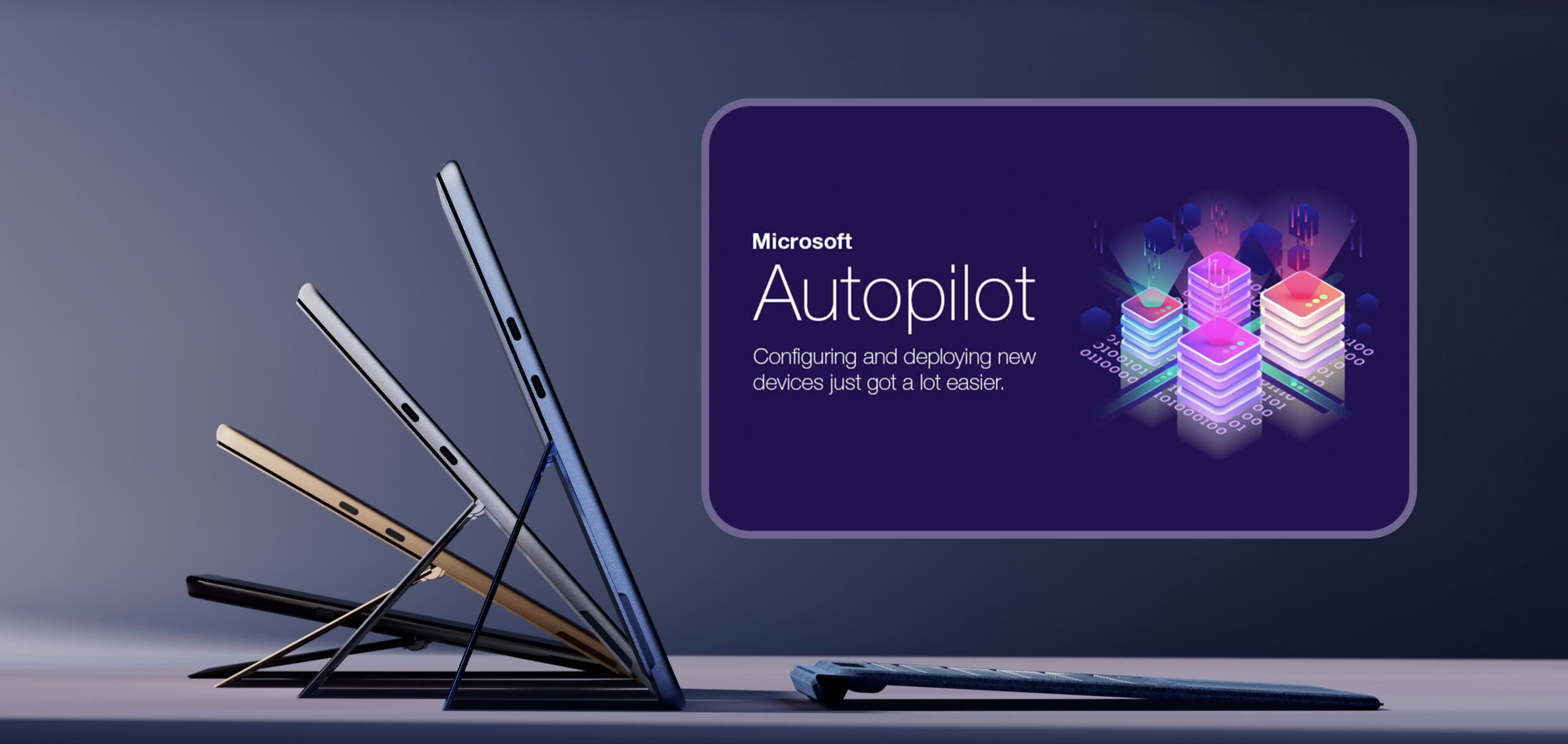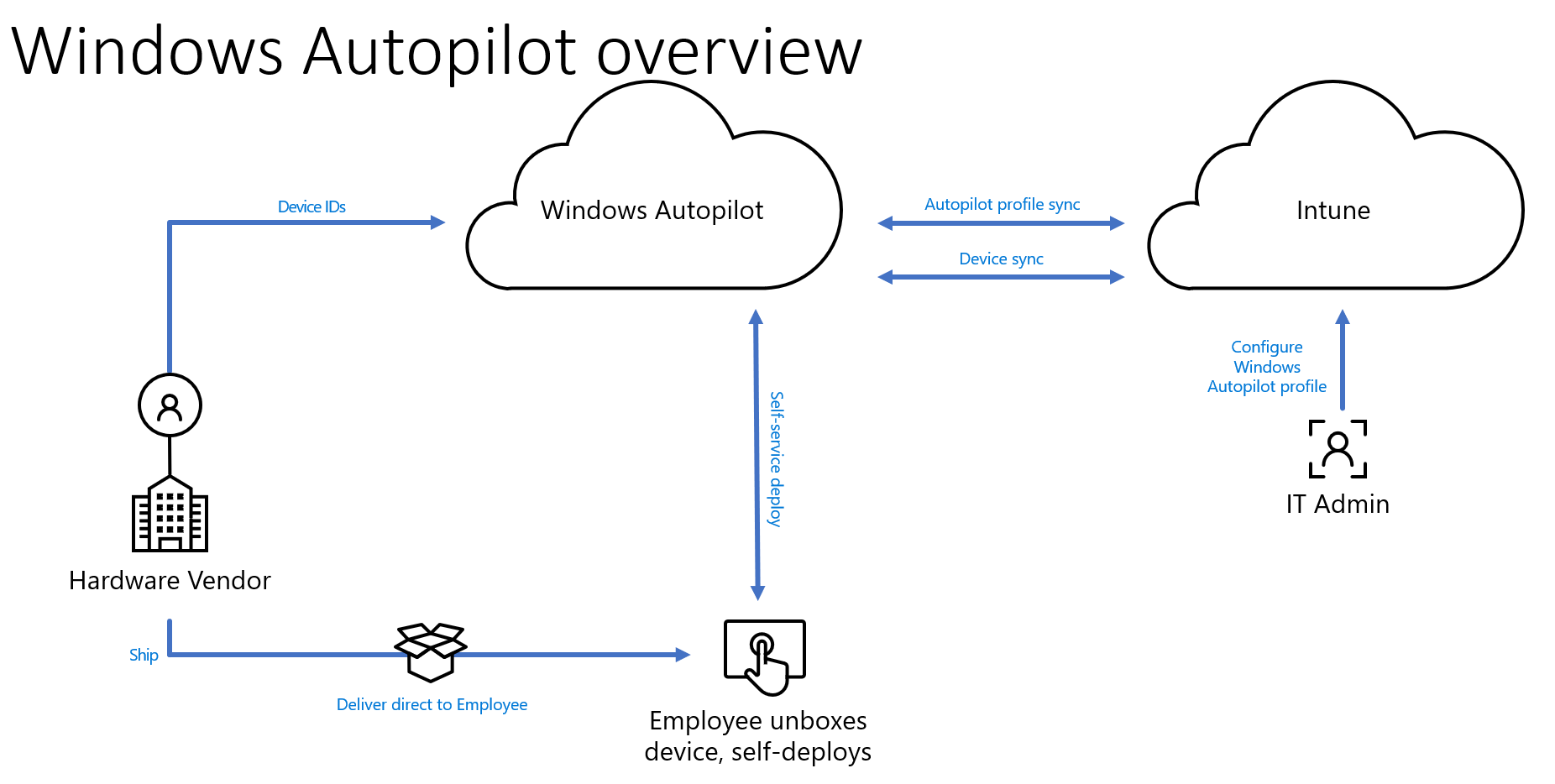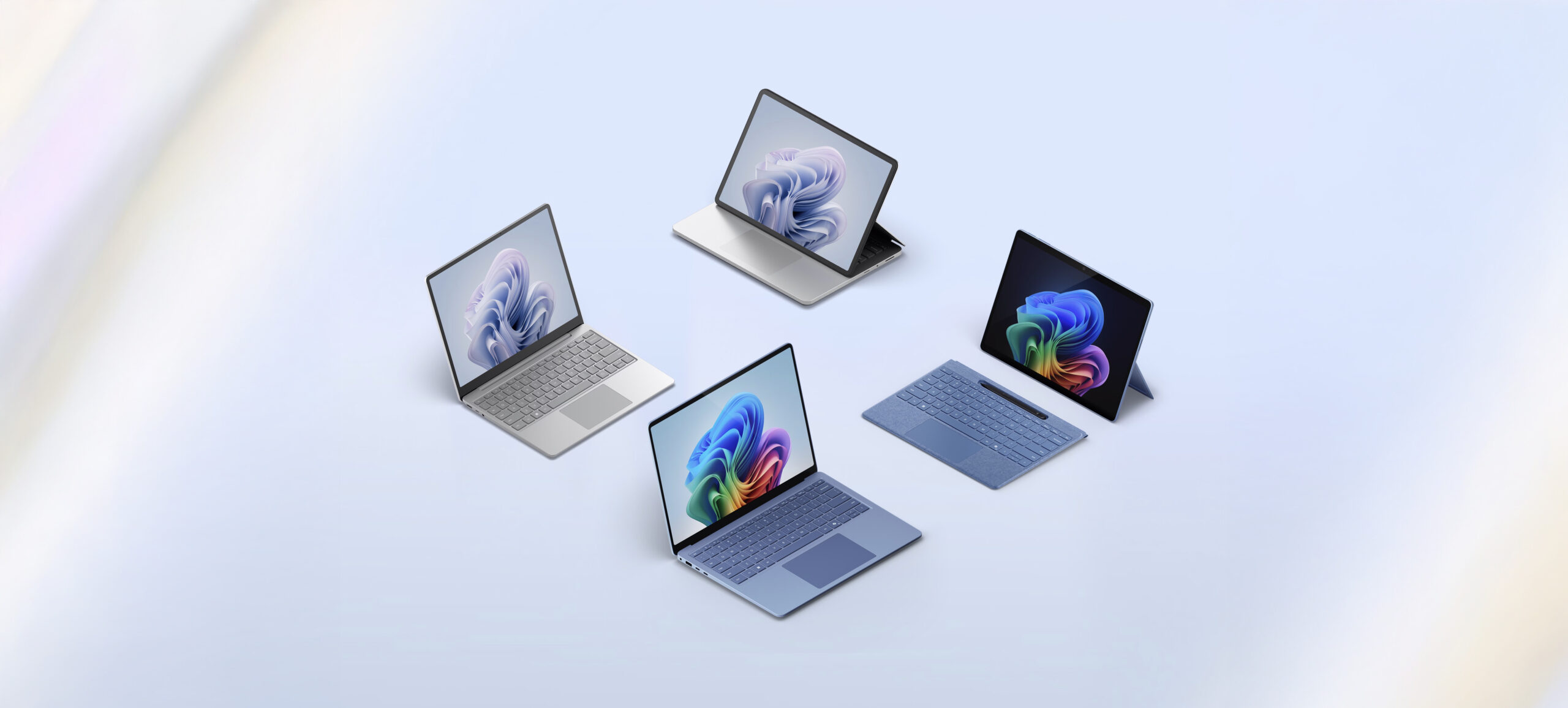Why Surface Devices and Autopilot Are a Game-Changer for Your Workday

Let’s face it, no one gets excited about setting up a new work laptop. It usually involves waiting around for IT, long setup times, and a whole lot of clicking “Next.” But what if getting a new device was as easy as opening the box, signing in, and getting straight to work?
That’s exactly what happens when you combine Microsoft Surface devices with Windows Autopilot. It’s a match made in productivity heaven. Let’s break down why this combo is such a win for both employees and IT teams.
What is Autopilot?
Windows Autopilot is a cloud-based deployment technology in Microsoft 365 (M365) that allows IT departments to pre-configure and set up new devices, getting them ready for use without needing to manually build or maintain custom operating system images. It’s designed to simplify and streamline device provisioning for both IT and end users.
Where to get it in M365?
Autopilot is part of the Microsoft Endpoint Manager suite (which includes Intune), so you’ll need a subscription that includes Intune.
These are some M365 plans that support Autopilot:
- Microsoft 365 Business Premium
- Microsoft 365 E3/E5
- Enterprise Mobility + Security (EMS) E3/E5
That’s exactly what happens when you combine Microsoft Surface devices with Windows Autopilot. It’s a match made in productivity heaven. Let’s break down why this combo is such a win for both employees and IT teams.
Surface Devices: Sleek, Smart, and Built for Work
Surface devices aren’t just pretty (though they are pretty). They’re designed with the modern worker in mind—whether you’re in the office, at home, or bouncing between coffee shops.
Here’s why people love them:
- Modern, Lightweight Design: Whether it’s the super-portable Surface Pro or the powerhouse Surface Laptop Studio, there’s a device for every work style.
- Ready for Microsoft 365: Surface is built to work seamlessly with Teams, Outlook, Excel—you name it. Everything just works, right out of the box.
- Secure by Design: These devices come with built-in security features like encryption and hardware-based protection to keep your data safe.
- Long-Term Value: They’re designed to last, easy to repair, and better for the planet. That’s a win-win.
Windows Autopilot is a behind-the-scenes hero that makes life way easier for everyone.
It’s like having a setup wizard on autopilot So when you combine the power of surface, with Autopilot here is what happens:
What are the Benefits
- No More IT Headaches: IT doesn’t need to touch the device before it goes to the user. Devices can be shipped directly to employees and set up automatically once they sign in.
- Quick Setup: Instead of spending hours configuring a device, users just sign in with their work credentials and let Autopilot do the rest.
- Remote-Ready: Whether someone is working from home or halfway around the world, they can be up and running in no time.
- Easy to Manage: With Microsoft Intune and Azure Active Directory in the mix, IT can enforce policies, push updates, and keep everything secure—without chasing people down.
Why It Matters
When you put Surface and Autopilot together, you get a smooth, secure, and super-efficient experience for everyone. Employees get a great device that’s easy to use. IT gets to skip the tedious setup and focus on more important stuff.
- New hires can get started on day one—no delays.
- IT spends less time configuring and more time innovating.
- Everyone’s happy (and productive).
- Bottom Line: It Just Works
If your company is still manually setting up laptops or stuck with clunky hardware, it might be time for a change. Surface devices and Windows Autopilot bring the kind of simplicity, security, and speed that today’s workplaces need.
 |
Richard Kavanagh
|

